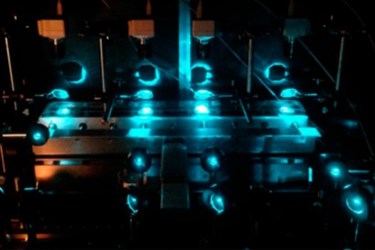Advanced Imaging System Glimpses The Physical Basis Of Memory
By Chuck Seegert, Ph.D.

Recently, a team from Kyoto University developed an imaging system that leverages optogenetics to identify the memory-storing neurons of a worm. This advance may help improve the understanding of memory loss that accompanies certain diseases.
The brain is one of the most complex structures currently known to science. It is composed of many billions of cells and trillions of interconnections between those cells. Memories are stored in the brain but, because of the complexity involved, memory is poorly understood. One way to reduce the complexity involved in studying memory is to use a less-complex organism with fewer neurons and cells.
The Caenorhabditis elegans (c. elegans) is a well studied worm that is widely used as a model system for many biological studies. It lends itself well to the study of memory, because it contains only 302 neurons compared to the approximately 100 billion found in the human brain, according to a recent press release from Kyoto University. While worms probably don’t form memories similar to ours, they are capable of learning and responding to mechanical stimuli.
"Worms respond to stress from vibrations by moving backwards and escaping in a process called 'mechanosensing,'" explained study leader Takuma Sugi, in the press release. "However, over time they get desensitized to this stimulus through memory acquisition, or learned habituation."
To study this behavior in larger populations of worms, the team developed a system capable of automatically training worms, while simultaneously collecting data related to their nervous system, according to a recent study published by the team in the Proceedings of the National Academy of Science. The system included four cameras, a laser, mirrors, and an automated mechanical stimulation device to induce and then capture worm brain activity in nine petri dishes at a time, according to the press release. Genetically modified worms emitted green light upon laser stimulation, providing insight into which neurons were being activated by the experiment.
"In the end, we identified two neurons, AVA and AVD interneurons that relay signals, to be responsible for the learned habituation," Sugi said in the press release.
Optogenetics is becoming more prominent in the study of memory and has been used to influence and study memory in rats, according to a recent article on Med Device Online.
Image Credit: Sugi, et al. PNAS (2014)
